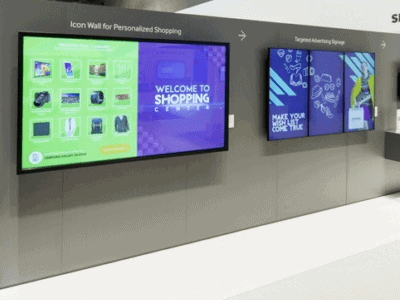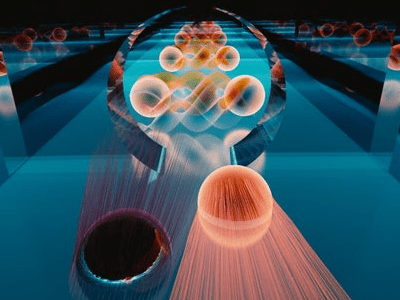Flash Technology: The emerging ‘cutting edge’ for smart card adoption in India
Share This Post
Smart Cards have captured a unique place in society. Talk about any vertical and you find its applications everywhere – from government and transportation to telecommunications, banking, IT & ITeS to healthcare, smart cards are used in authentication, identification, payment services and access control systems. Telecommunications vertical is the leading user of smart cards for theIndiamarket; however, verticals like government, transportation and banking are expected to spur the future growth of the market.
There are three types of smart cards available in the market i.e. contact, contactless and hybrid smart cards. To power these smart cards, Read Only Memory (ROM) Mask and Flash technologies are used. ROM Mask is the traditional technology that is widely used in various smart card applications in India. ROM Mask technology contains card OS with a macro instruction set along with a native code. ROM Mask technology once integrated within the chip during lithographic process cannot be modified. This is a major drawback associated with ROM Mask technology, which increases the cost and lead time to the market.
Flash technology is capable of addressing these issues, especially when the need is for a highly secure environment, higher degree of flexibility, reduced production and development lead times and high volume production.
Semiconductor firm Infineon, has developed and mastered providing Flash technology to the smart cards industry. Infineon’s certified, secure Flash technology not only reduces the project execution time by as much as half but also offers opportunities to the entire value chain to deliver the project before time.
Infineon’s secure Flash technology is especially designed to benefit the payments and transportation market by providing enhanced flexibility and certified security level (CC EAL4+ (high)). Infineon’s top-of-the-lineSLE78 andSLE88 controller families offer the highest security levels needed for applications, like Government Identification, Payment, Pay-TV, System Security and NFC.
Advantages associated with certified, secure Flash technology:
- High flexibility
- Dedicated security features for a secure and reliable product usage
- Reliability (first products certified in 2006)
Though, this technology is widely accepted in many countries and used in various government projects like the multi-application national electronic card in Malaysia, known as MyKad, or South Africa’s largest government smart card project to enable payment of social grants, but it is still struggling in India on account of slow adoption of new technologies. In 2001,Malaysia became the first nation of the world to deploy multi-purpose smart cards, MyKad. These cards incorporate both photo identification and fingerprint biometric data. Government has mandated that every individual above 12 years must carry this multi-purpose smart card at all times. At present, out of 21 million total population, 17 million individuals have these smart cards. These cards are used in the areas of national identification, driver’s licence, e-Passport, health card, ATM card, and payment systems.
In India, government projects and schemes like the Rashtriya Swasthya Bima Yojana (RSBY), the National Rural Employment Guarantee Scheme (NREGS), the Public Distribution System (PDS), driving licence, e-Passport and e-Visas are expected to drive the adoption of certified secure Flash technology in the coming years.













